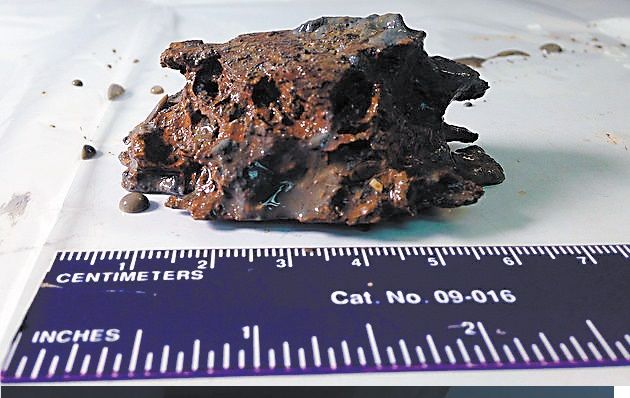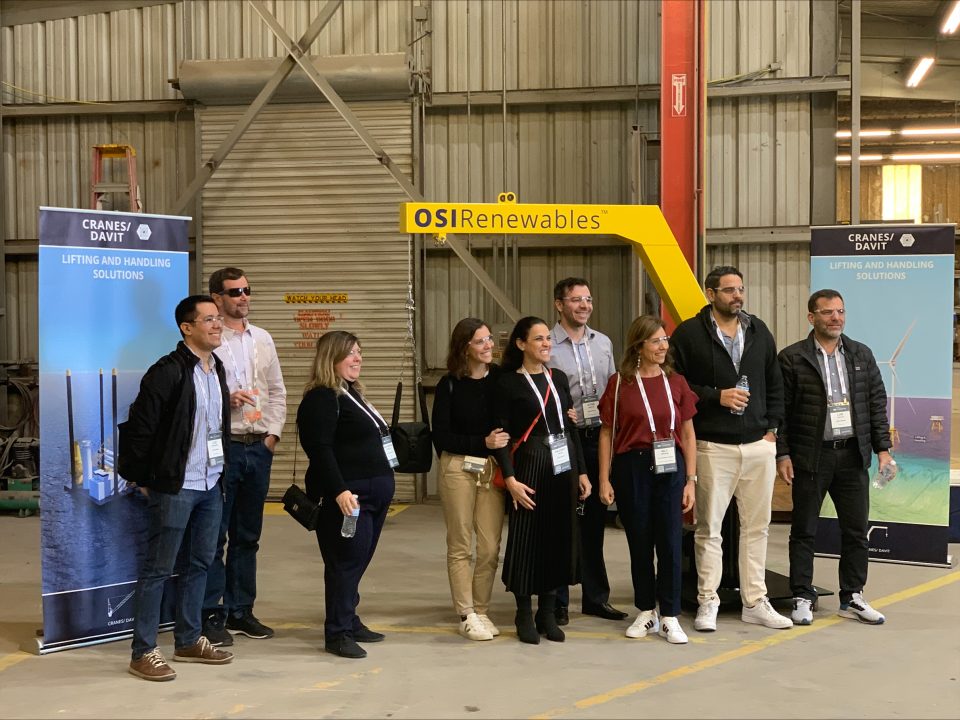
UPDATED: Injured football player ‘responding’, but still in critical condition
September 30, 2015
Alfreda Richoux
October 6, 2015Studies of the effects from oil and dispersants related to the 2010 Deepwater Horizon disaster are by now familiar fare in scientific journals and other publications, as scientists seek knowledge about how the spill has affected life below the Gulf of Mexico’s surface as well as on shore.
But dolphins and turtles, insects and birds aren’t the only things being studied.
Teams of scientists in cooperation with universities and federal agencies – including the Louisiana Universities Marine Consortium in Cocodrie – have been trolling the Gulf to check on how shipwrecks lying at its bottom have fared, and to use the opportunity to gain knowledge on how oil and dispersants affect ancient wood and vintage steel.
Scientists affiliated with the U.S. Bureau of Energy Management took to Gulf waters in 2014 and again this year, aboard LUMCON’s flagship vessel Pelican, documenting exposure to wrecks on the Gulf bottom.
Of particular interest to some researchers are the microbes found on wreck surfaces, which are being used as a barometer to determine the health of the surrounding environment overall.
“Microbes make the world go round,” said Leila Hamdan, who led a team from George Mason University. “If you want to understand the whole environment, you have to start with the microbes. What you can’t see when you look at the water is the invisible majority.”
An environmental science and policy professor, Hamdan and her students spent seven days on the pelican, paying particular attention to Gulf wrecks.
The wrecks are where microbes create “biofilms” – sticky mini-environments upon which other life builds – and whose health can affect that of larger plants and animals living in the water.
The BOEM teams investigated eight shipwrecks in water depths ranging from approximately 450 feet to more than 7,500 feet in the National Oceanographic Partnership Program-sponsored studies. Dubbed the Gulf of Mexico Shipwreck Corrosion, Hydrocarbon Exposure, Microbiology, and Archaeology or GOM-SCHEMA, the project is funded through interagency agreements with the U.S. Naval Research Laboratory and Bureau of Safety and Environmental Enforcement, George Mason University and the University-National Oceanographic Laboratories System. In addition to LUMCON, other collaborators include the Joye Research Group at the University of Georgia, Droycon Bioconcepts, Inc., Montana State University and Deep Sea Systems International.
The shipwrecks included three World War II-era steel-hulled vessels and five pre-20th century wooden hulled sailing ships. Two research cruises were completed in 2014 and an additional one in April.
Results of the research have not yet been published, and scientists say their findings may take a while to determine.
Meanwhile student volunteers say the experience has been enlightening.
“All scientists here have been a pleasure to work with,” said George Mason student Chrissy Figan. “It’s been a remarkable experience doing science at sea.”








